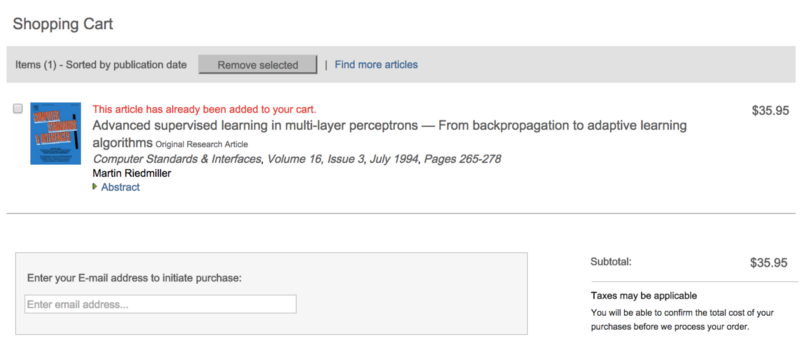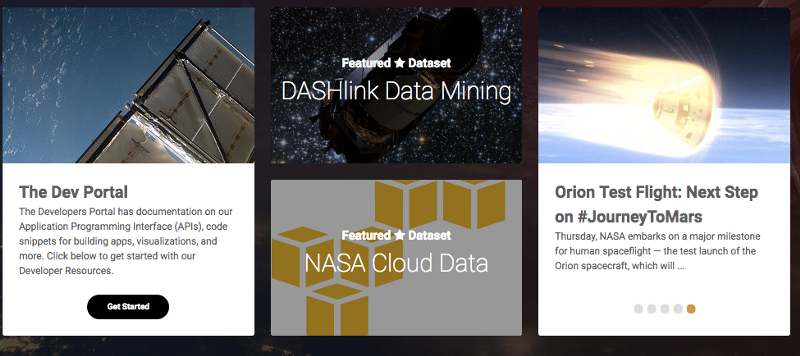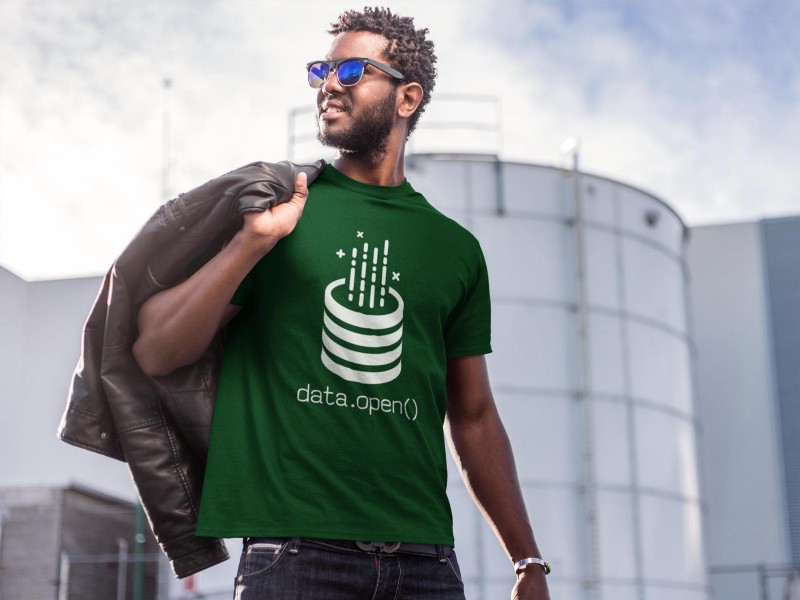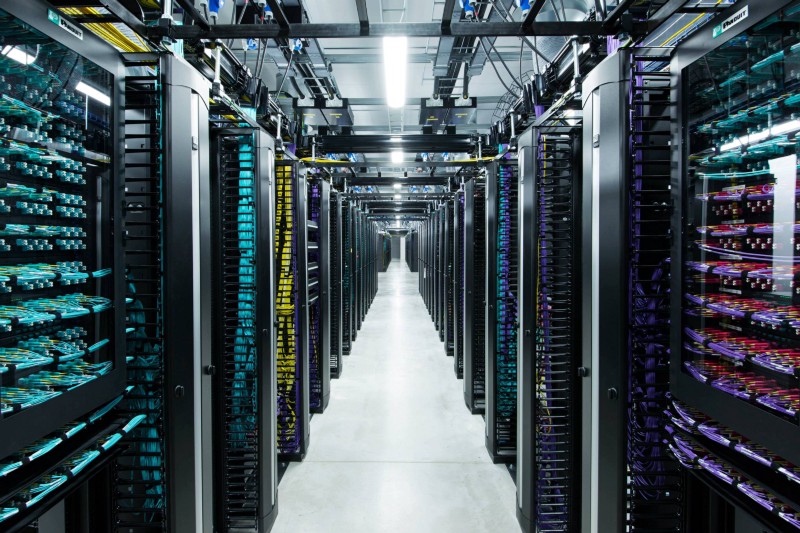If you pay your taxes, you pay for research.
Governments take your money and distribute it to their own departments (like NASA and DARPA), to universities and nonprofits in the form of grants, and to corporations in the form of subsidies.
Up until now, when you attempt to access the fruits of that research — academic papers and their data — you get paywalled:

But things are changing fast.
This week, NASA announced that from now on all, all of its peer-reviewed papers and their datasets will be publicly accessible.
And NASA’s in good company — New York City recently launched an open data portal. So did Singapore.

And earlier this year, the European Union announced that all of the results of its publicly funded research will be freely available by 2020.
“The time for talking about open access is now past. With these agreements, we are going to achieve it in practice.” — Sander Dekker, Netherlands Secretary of Education, Culture and Science
There are a million reasons why all of this research and data should be open. For one thing, it improves accountability.
Earlier this summer, a data scientist got a parking ticket. Instead of just contesting it in court, he analyzed New York City’s open data and discovered that the NYPD was systematically ticketing legally parked cars to the tune of millions of dollars per year. Using this insight — and the open data to back it up — he was able to put an end to the practice.
This is just one example of what can happen when anyone with an internet connection can dig into a dataset, or re-run a study’s numbers and attempt to reproduce its results.
Most published scientific research cannot be reproduced. Now that well-meaning outsiders are armed with open data, they can help isolate the signal from the noise and expedite our quest for the truth.
Another reason that data and research should be open is that science builds upon itself.
“As scientists and engineers, we work by building upon a foundation laid by others.” — Ellen Stofan, NASA’s Chief Scientist
You no longer have to be a scientist working at NASA to be able to access its data. Other countries’ space programs can now benefit from these datasets — as can private sector efforts like SpaceX and Blue Origin.
And scientists aren’t the only ones who benefit from open data. A bootstrapped startup in Lagos can now design a new product based on open research. A nonprofit in Dhaka can now glean insights from open datasets and mount a fund raising campaign around them.
Think about all the economic benefits of open source software. 75% of smart phones run on Android. 80% of servers run on Linux. And this is just the tip of the open source iceberg.
The open data movement will unleash even more human potential and economic activity. It will speed up innovation everywhere.
With the EU making open data the law in 2020, hopefully other governments will soon follow suit.
In the meantime, here are some places you can explore open data right now:
- Kaggle has a variety of public datasets you can explore and analyze (including Free Code Camp’s survey of 15,000 people learning to code dataset)
- The US Government has released more than 180,000 open datasets on data.gov
- San Francisco and Oakland now both have open data initiatives
And to celebrate the open data movement, we created an open data t-shirt — designed by camper Kosta Cemerikic — and released under a creative commons license.

The battle for open data isn’t over, but we’re getting there.
You can help by making use of all these open datasets, and by releasing your own data under an open data license.
You can also raise awareness of the open data movement by telling your friends about it. You can start by sharing this article with them ?
I only write about programming and technology. If you follow me on Twitter I won’t waste your time. ?

